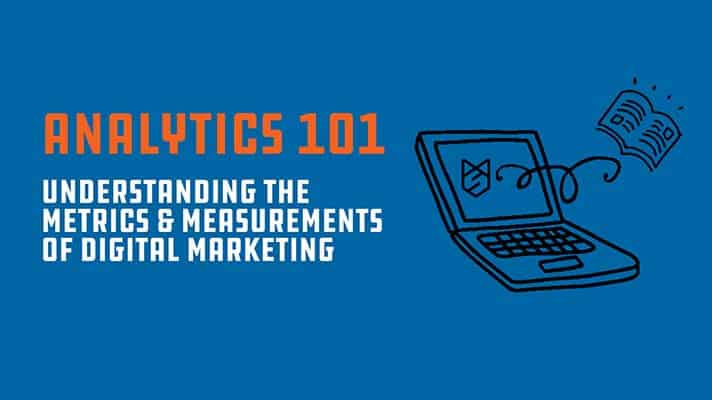We live in what’s called the “information age”, and, oh boy – do we have a lot of information available to us? Although this seems like a digital marketing enthusiast’s dream, it presents businesses with a unique problem – among all the information and analytics available out there, which ones actually matter? Is it important to know what your bounce rate is or how many impressions you made on a given day?
As a digital marketing agency with many years of experience, Seventh Scout has managed to narrow it all down to three KPIs which tell you how well your business is doing online. So, next time you’re looking at your analytics and feeling confused about what to pay attention to, remember these three key metrics!
1. The cost of website traffic
You need to track what you’ve spent on traffic. Most advertising platforms will provide you with this analytics information, however, if they don’t, you can simply take your total digital marketing and promotional costs and divide them by the numbers of visitors/traffic to your site. This will provide you with the average amount you’re spending to attract a single website visitor, and that can help an awful lot with the next couple of key metrics we identified.
As a side note, if you’re looking to save money on your cost of website traffic, try social media channels such as Facebook, which allow you to boost posts in order to attract more traffic. Facebook advertising offers you a low-cost and highly-targeted means of attracting web traffic and leads.
2. Conversion rate
Conversion rate is quite possibly the most important metric in all digital marketing analytics. Simply put, it is the overall amount of traffic divided by the number of people who buy a product, subscribe, or perform another important function on your website once they arrive. This rate identifies the percentage of people who arrive at your website and actually engage with it how you want them to – how many of them have “converted” into potential customers.
Conversion rates should not be mistaken with your rate of traffic or cost of traffic. You can drive as much traffic to a website as you want (as cheaply or expensively as you want) but if very few of them convert, then you’re only wasting your time on digital marketing techniques that aren’t working.
If your conversion rate analytics are getting you down, try working with a digital marketing firm to ensure that you’re doing everything in your power to convert leads and traffic.
3. Average conversion value
Average conversion value, sometimes known as average order value, refers to the average value that your converted leads bring to your company. For example, you could have a decent conversion rate according to your analytics, but if your average converted website visitor isn’t buying much, then your website’s contribution to your overall finances will be low despite your stellar conversion rates. This is why these three metrics go hand in hand when it comes to analytics – they all affect one another and your business’s overall success depends upon them all having a positive relationship with another.
The Bottom Line
Digital marketing analytics can seem like a mountain of in-depth data, but if you keep an eye out for these three key metrics, you should be able to make sense of it all and ensure that your digital efforts are supporting your business. It’s advisable to track these metrics regularly, whether daily, weekly, or monthly, assessing how many people your business’ digital marketing strategy is attracting, how many of them are sticking around to become customers, and how much those customers are spending.
If you think that one of these key metrics is lacking and could do with a boost, there are numerous digital marketing techniques you could try in order to boost them. The handy thing about modern analytics is that you’ll be able to get feedback about your changes and their effects on your metrics almost instantly, making A/B testing and the likes easier than ever before.
If you’re still having trouble making sense of digital marketing analytics, why not speak to Seventh Scout today? We are an Austin, Texas-based digital marketing agency with extensive experience in measuring KPIs and the digital analytics metrics that affect your bottom line.
Just doing research? No problem. Find more information on metrics and analytics in our ebook: Analytics 101: Understanding the Metrics and Analytics of Digital Marketing. Download it now.
{{cta(‘d872d055-3be2-46a7-beb2-fb2926e9d904’)}}





